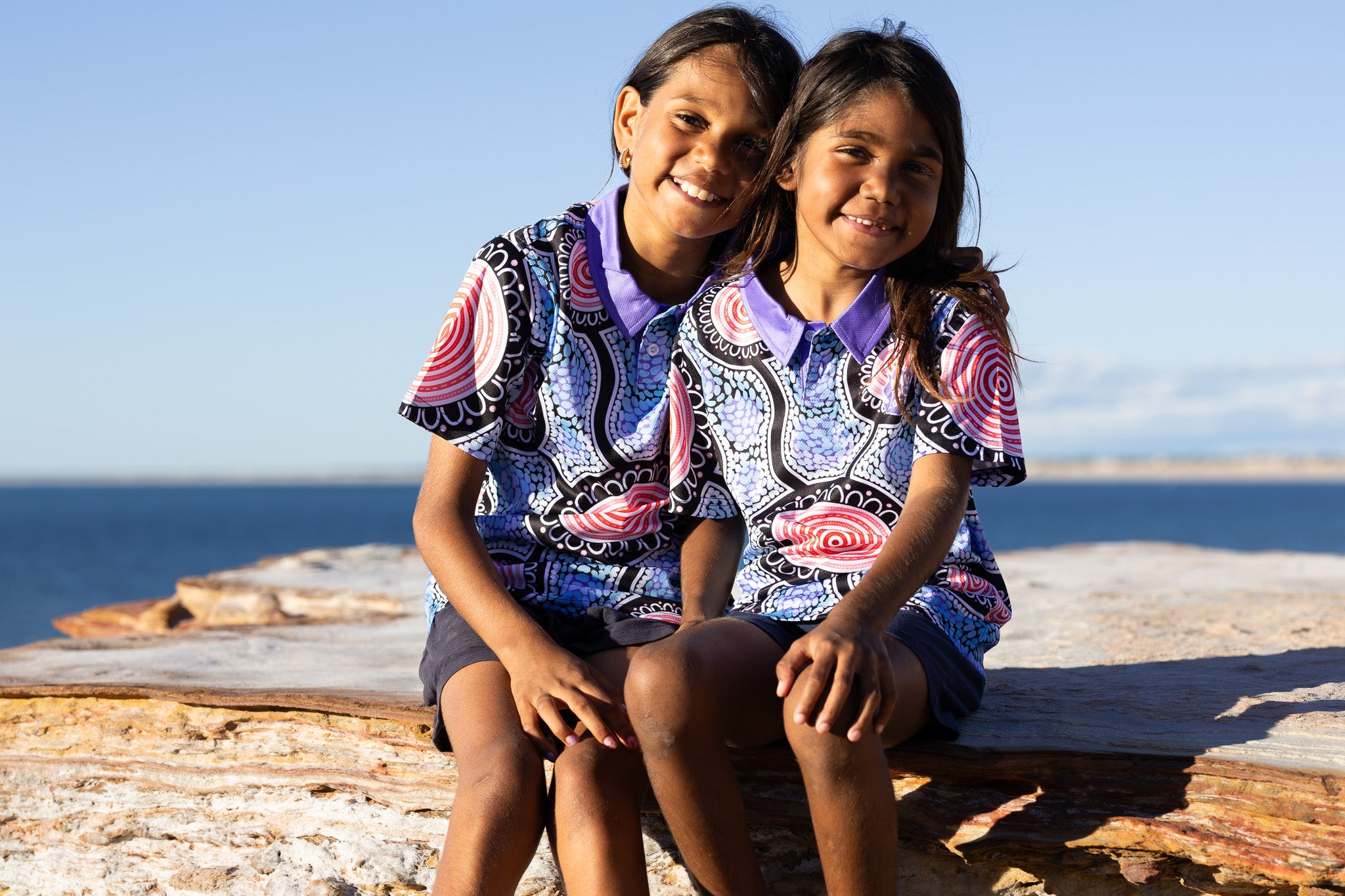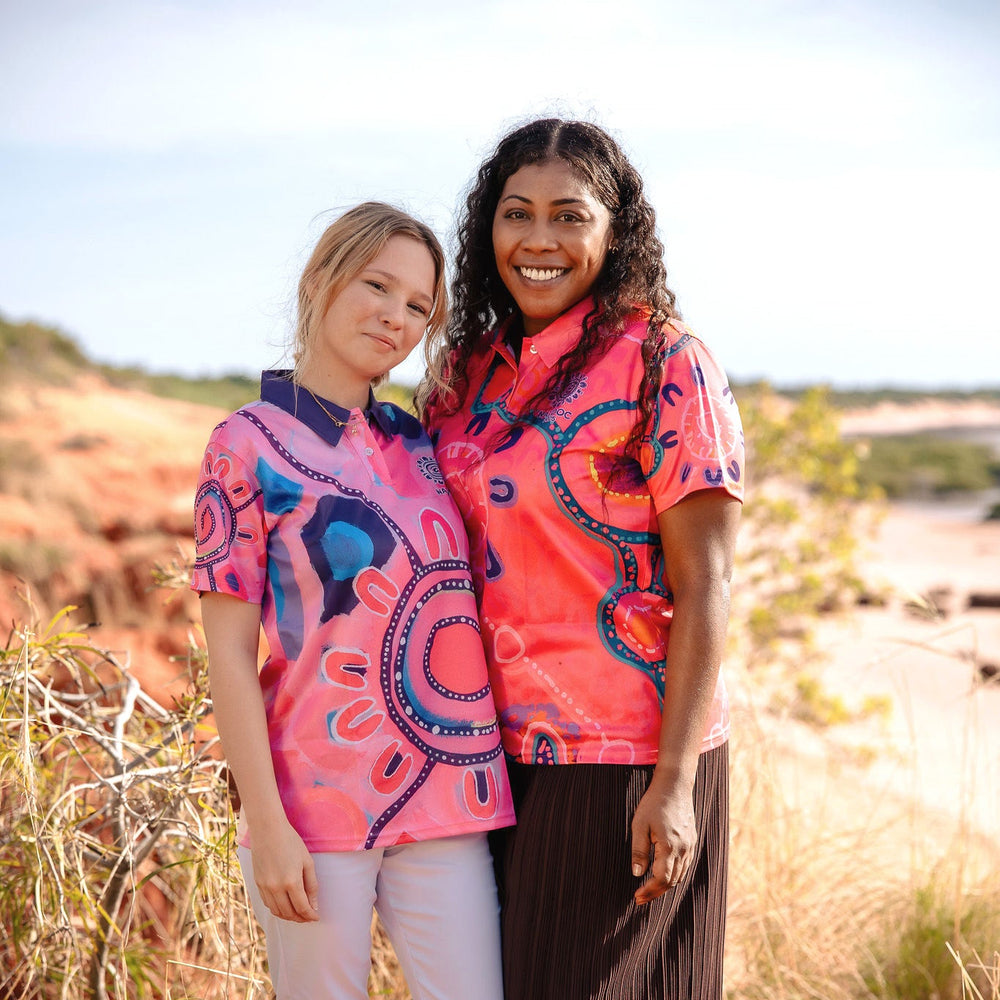This one is for all you archaeology and science buffs out there - Recent research has shed new light on the relationship between Aboriginal Australians and the megafauna that once inhabited the continent. Contrary to previous beliefs, evidence now suggests that these two groups coexisted for at least 17,000 years. This discovery challenges long-held theories about the extinction of Australia's giant animals and offers a fresh perspective on the continent's ancient history.
Understanding Australia's Megafauna
Australia was once home to a diverse range of large animals, known as megafauna. These included giant marsupials, enormous reptiles, and massive flightless birds. Some notable examples were:
- Procoptodon goliah: A giant kangaroo
- Zygomaturus: A large, wombat-like marsupial
- Genyornis newtoni: A giant flightless bird
The extinction of these creatures has been a topic of scientific debate since the 19th century, with theories ranging from human-driven extinction to climate change.
New Evidence Challenges Old Theories
Recent studies published in Quaternary Science Reviews have provided compelling evidence that Aboriginal Australians and megafauna shared the landscape for thousands of years. This finding contradicts earlier hypotheses that suggested megafauna quickly became extinct following human arrival on the continent.
Key points from the research include:
- A specimen of Zygomaturus trilobus was dated to approximately 33,000 years ago, indicating that Aboriginal Australians and megafauna lived alongside each other for at least 17,000 years.
- The theory that widespread landscape burning by early humans led to megafauna extinction has been challenged by genetic studies of fire-sensitive plants.
Climate Change and Extinction
The new evidence shifts focus away from human-driven extinction towards other factors, particularly climate change. The period leading up to the Last Glacial Maximum may have played a significant role in the decline of megafauna populations.
Implications for Future Research
This research opens up new avenues for understanding Australia's ancient ecosystems and the role of megafauna within them. Questions remain about the ecological functions these large animals may have served and how their presence influenced the landscape and early human societies.
As our understanding of Australia's prehistoric past continues to evolve, it's clear that the relationship between Aboriginal Australians and megafauna was more complex and enduring than previously thought. This coexistence forms a fascinating chapter in the continent's rich history, one that continues to unfold with each new discovery.
Sources:
Westaway, M., Olley, J., & Grun, R. (2017, January 12). Aboriginal Australians co-existed with megafauna for at least 17,000 years. Australian Geographic.
ABC News. (2022, December 13). Fossil of extinct megafauna species found in central Queensland. ABC News.
























